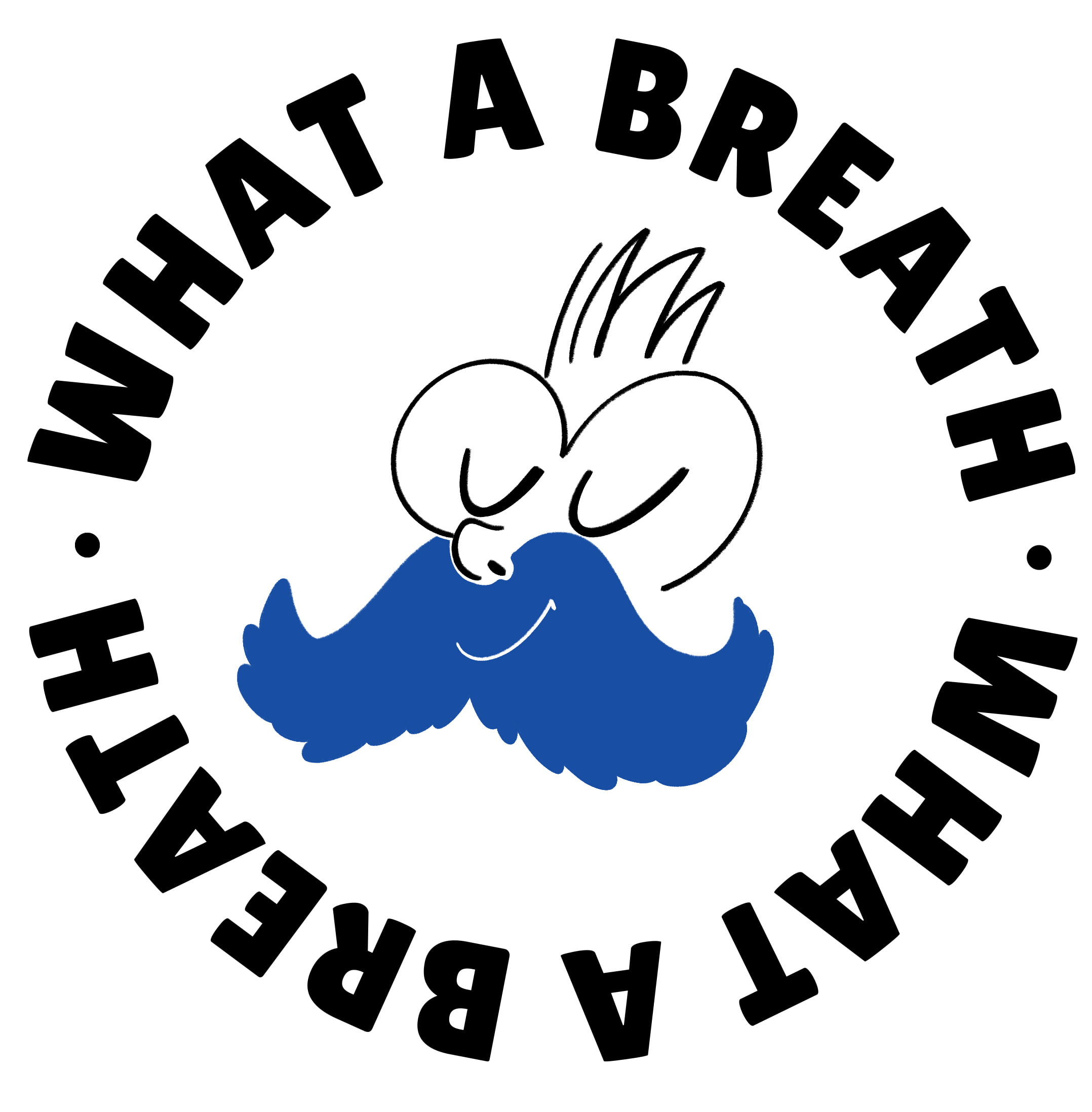Breathing is such a natural act that we often take it for granted. But did you know there’s a way of breathing that can significantly improve your physical and mental well-being? We’re talking about diaphragmatic breathing, a simple yet incredibly powerful technique. In this article, we’ll explain what it is, its benefits, and how to practice it in your daily life.
What is diaphragmatic breathing?
Diaphragmatic breathing, also known as deep breathing or abdominal breathing, is a way of breathing that uses the diaphram, the main respiratory muscle located between the chest and abdomen.
Unlike chest breathing (the shallow type that involves the upper chest), diaphragmatic breathing allows you to fully engage your lungs, promoting a greater oxygen intake. It’s a natural and relaxed type of breathing often observed in newborns.
When you breathe diaphragmatically:
- Your belly expands as you inhale.
- The diaphragm contracts downward.
- Air fills your lungs deeply.
This method of breathing is not only more efficient but also brings a range of remarkable benefits.
Benefits of diaphragmatic breathing
Diaphragmatic breathing isn’t just about better oxygenation; it’s a genuine well-being strategy. Here are some of the key advantages:
1. Reduces stress and anxiety
When we’re stressed, we tend to breathe shallowly and quickly. Diaphragmatic breathing helps calm the nervous system and stimulates the vagus nerve, which promotes relaxation. This results in:
- An immediate reduction in heart rate.
- A feeling of calm and control.
Practicing it regularly can become a powerful tool to manage moments of anxiety or tension.
2. Improves physical health
Breathing properly isn’t just about mental well-being; it also has positive effects on the body:
- Strengthens the diaphragm, improving respiratory function.
- Helps lower blood pressure.
- Promotes better oxygenation of tissues, which means more energy and less fatigue.
It’s also beneficial for people with respiratory issues like asthma or chronic obstructive pulmonary disease (COPD).
3. Enhances focus and sleep
Deep breathing stimulates the release of endorphins, the "feel-good hormones," and helps you stay focused. Additionally, practicing diaphragmatic breathing before bed can help you relax and improve your sleep quality.
How to practice diaphragmatic breathing
Practicing diaphragmatic breathing is simple and doesn’t require any special equipment. Here’s how to start:
1. Find a Quiet Place
Sit comfortably or lie down on a mat. It’s important for your body to be relaxed and in a position that allows you to breathe freely.
2. Focus on your breath
Place one hand on your chest and the other on your belly. This will help you understand which parts of your body you’re using to breathe.
3. Breathe in and out slowly
- Inhale deeply through your nose, making your belly rise (not your chest).
- Exhale slowly through your mouth, emptying your lungs completely and letting your belly fall.
Repeat this cycle for 5-10 minutes a day. You can gradually increase the time as you get more comfortable.
4. Incorporate it into daily life
Don’t limit this practice to specific moments: try using it during stressful situations, while stuck in traffic, or before an important event. It will help you feel calmer and more centered.
Conclusion: One breath at a time
Diaphragmatic breathing is a technique as simple as it is transformative. Dedicating just a few minutes a day to conscious breathing can significantly improve your quality of life, helping you manage stress, sleep better, and feel more energetic.
No matter how busy your day is, taking a moment to breathe deeply is a small act of self-care. Give it a try and discover the power of your breath!






